Ramen, originating from Japan, has become a global culinary phenomenon. With its rich broth made from pork, chicken, or fish bones, flavorful wheat flour noodles, and diverse toppings, ramen has quickly captured the palates of many diners. So, what is ramen? Let’s delve into the details of this traditional Japanese dish in the article below!
What is Ramen?
Ramen is a traditional dish in Japanese cuisine, notable for its flavorful wheat flour noodles. The broth is meticulously simmered from pork, chicken, or fish bones, creating a rich and unforgettable taste.
A complete bowl of ramen is often served with char siu (thinly sliced pork), dried seaweed (nori), pickled bamboo shoots (menma), and green onions, offering a harmonious blend of colors and flavors.
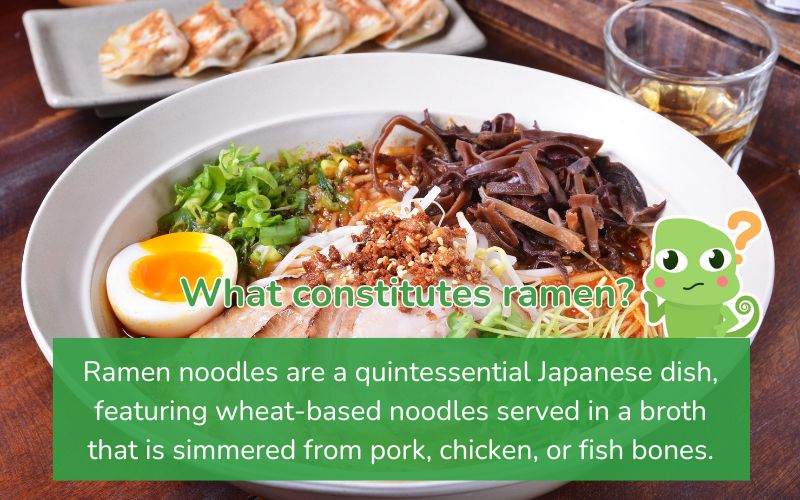
The origin of ramen remains a topic of much debate. Some argue that ramen originated in China and was later introduced to Japan at an unspecified time. Others suggest that ramen was created in Japan in the early 20th century.
According to ramen expert Osaki Hiroshi, the first ramen shop opened in Yokohama in 1910. Since the 1980s, ramen has gradually become a distinctive cultural symbol of Japan and quickly spread worldwide. In 1994, a ramen museum officially opened in a small neighborhood of Yokohama, showcasing numerous precious artifacts about the birth and development of this famous dish.
Regardless of its origin, ramen is now an indispensable part of Japanese culinary culture.
Japanese Ramen Varieties
Here is a list of the 10 most beloved ramen varieties in Japan:
Shoyu Ramen
Shoyu ramen, also known as Tokyo ramen, is characterized by its distinctive brown broth, made from Japanese soy sauce (shoyu), offering a light soybean aroma. The noodles are typically thin, allowing them to absorb the rich broth. A full bowl of Shoyu Ramen often includes dried bamboo shoots, green onions, fish cakes, seaweed, boiled eggs, and char siu (chashu).
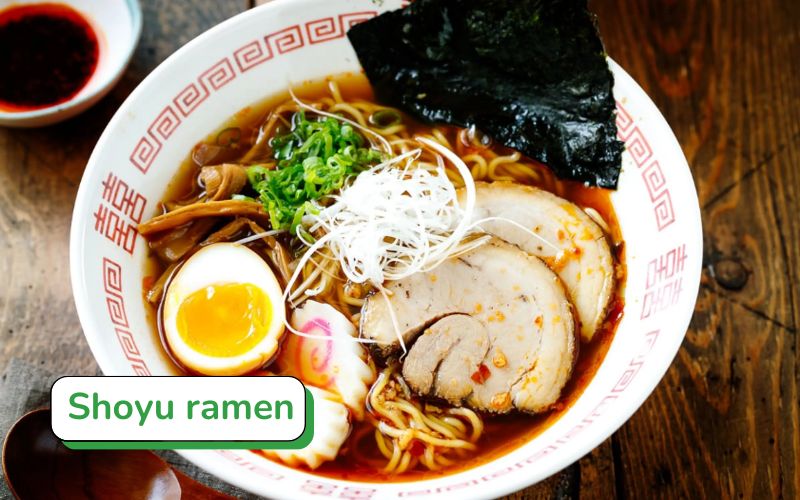
Shio Ramen
Shio Ramen is one of the oldest ramen varieties, originating from the Hakodate region. Its broth is made from various salts combined with chicken or pork bones. The flavor of Shio Ramen is intense and irresistible but might be less universally appealing than other ramen types. Shio Ramen is typically served with char siu, pickled plums, fish cakes, boiled eggs, and greens.
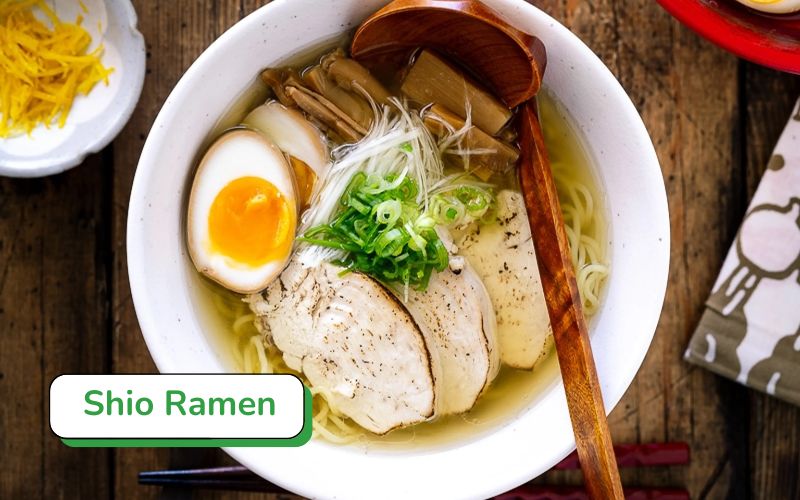
Miso Ramen
Miso Ramen uses miso, a fermented soybean paste, to create a mildly sweet and flavorful broth. The broth is simmered from miso with chicken and fish, offering a unique taste. The noodles are often thick and wavy, served with soft-boiled eggs, char siu, and fish cakes.
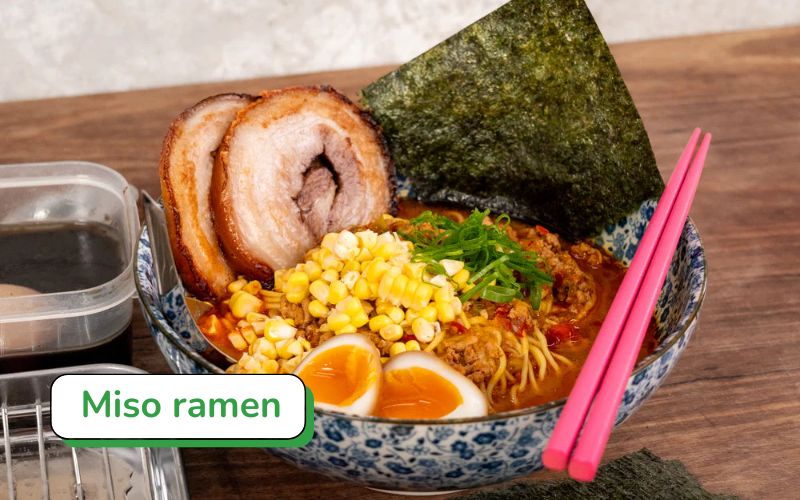
Tonkotsu Ramen
Tonkotsu Ramen impresses with its thick, pale white broth, simmered from pork bones and fat for hours, offering a unique, rich sweetness and greasiness. The noodles are thin, typically served with pork, pickled ginger, soft-boiled eggs, green onions, seaweed, and various vegetables.
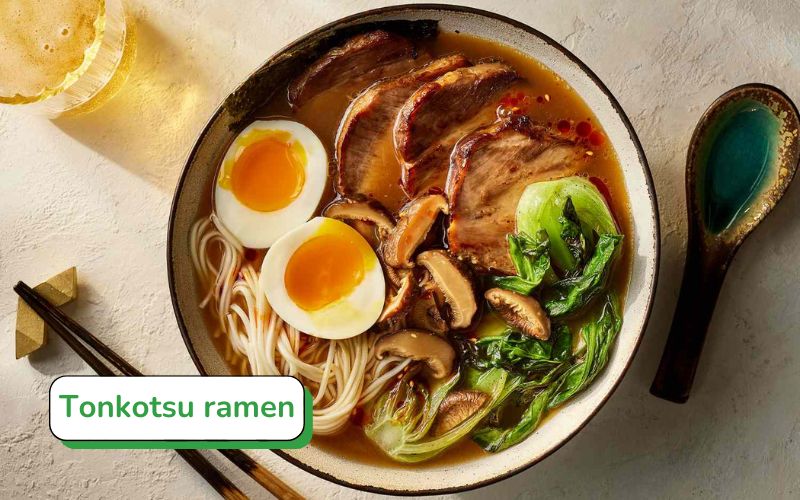
Tsukemen Ramen
Tsukemen Ramen, or cold noodles, is an ideal choice for hot summer days. The broth is simmered for hours with special ingredients, creating a richer flavor and more appealing color than regular ramen. Notably, the broth and noodles are served separately. Diners dip the noodles into the thick broth before enjoying.
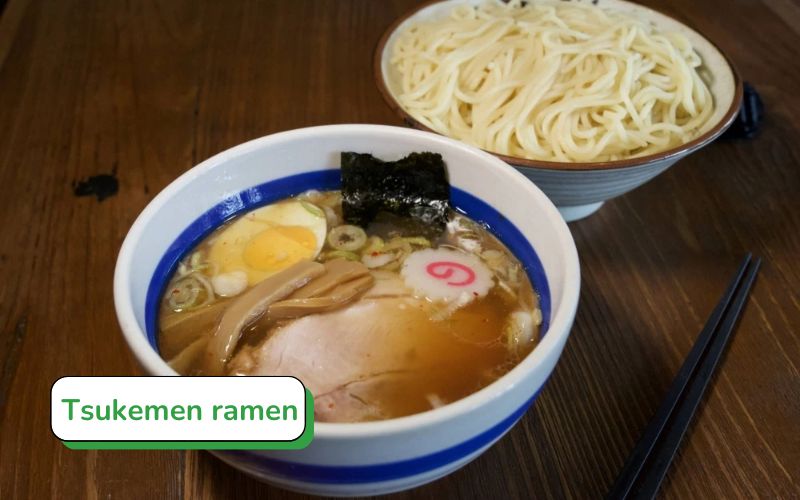
Sapporo Ramen
Sapporo ramen is an iconic dish of Sapporo city, with its distinctive broth carefully prepared from pork bones simmered for hours, resulting in a thick consistency and rich flavor.
A special feature of Sapporo ramen is its combination with miso soybean paste, providing a characteristic sweet and fatty taste. The ramen noodles here are distinct, made from selected wheat, typically thicker and larger than those in other regions.
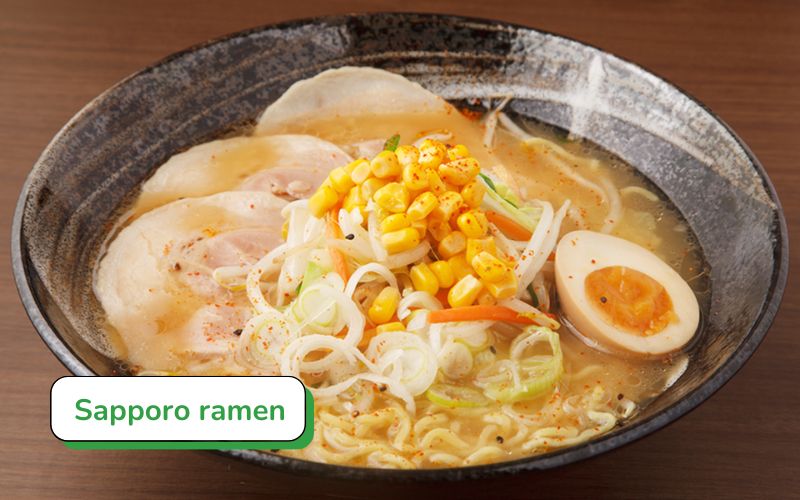
Hakata Ramen
Originating from southern Japan, Hakata ramen is a specialty of Fukuoka city on Kyushu Island. This noodle dish impresses with its milky white, smooth broth, created by simmering pork bones for an extended period. Hakata ramen noodles are thin, harmoniously combined with tender char siu and fresh green onions. To enhance flavor and color, minced garlic, roasted sesame seeds, or red ginger are often added.

Kitakata Ramen
Kitakata ramen is the pride of Kitakata city, renowned as one of Japan’s most delicious ramen varieties. The broth is rich, simmered from bones and special seasonings. The noodles are thick, with a moderately chewy texture, served with crunchy pickled bamboo shoots, fresh green onions, and a generous amount of char siu.
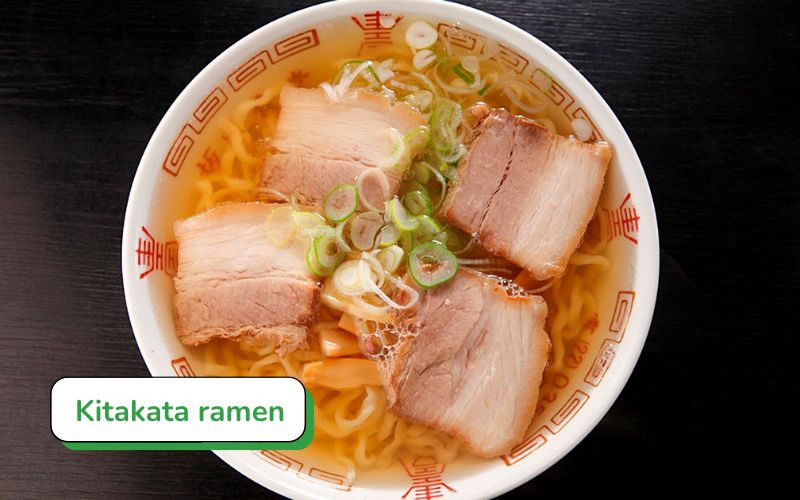
Wakayama Ramen
Wakayama ramen offers a unique blend of Tokyo and Tokushima styles, often referred to by locals as chuka-soba (Chinese noodles). The noodles are thin and straight, while the broth can be clear, with a traditional soy sauce flavor (shako-mae style), or a harmonious combination of rich tonkotsu broth and soy sauce.
A distinctive feature of Wakayama ramen is its tender, fragrant pork ribs, a popular topping, along with hard-boiled egg yolks instead of the raw eggs found in Tokushima. Interestingly, Wakayama ramen is often served with sushi, creating a diverse and unique dining experience.
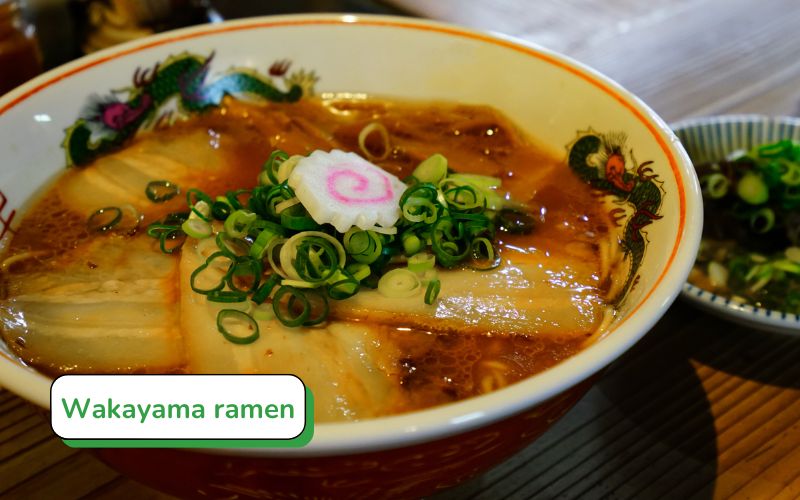
Onomichi Ramen
Onomichi ramen is a specialty of the port city of Onomichi in Hiroshima Prefecture, Japan. It is a shoyu ramen, meaning ramen with a soy sauce-based broth. A special ingredient is dried sardines, known as niboshi. Niboshi provides a distinctive seafood flavor, blending with the rich soy sauce, creating a uniquely appealing dish.
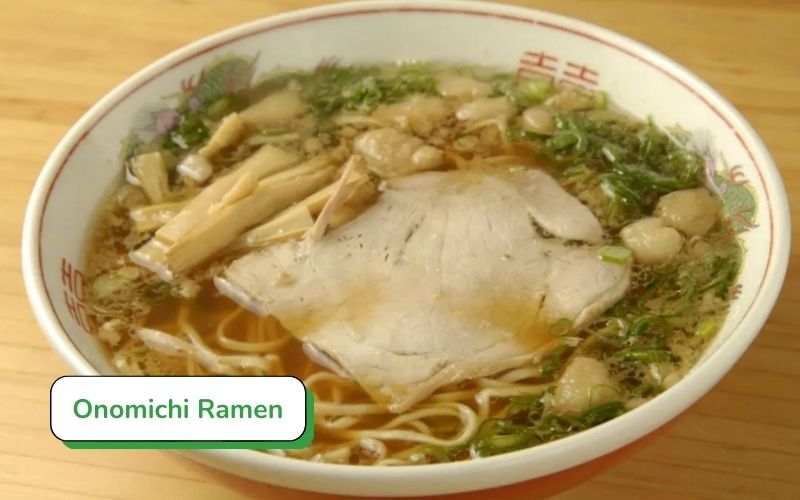
Main Ingredients of Japanese Ramen
To create a delicious, authentic bowl of ramen, the following ingredients are essential:
- Noodles: Made from wheat flour, water, salt, and kansui, giving them a distinctive chewiness. Depending on the broth, noodles can be straight or wavy, thin or thick.
- Broth: The soul of ramen, simmered from chicken bones, pork bones, bonito flakes, kombu seaweed, and various mushrooms for hours, creating a rich and appealing flavor.
- Pork: Char siu, tender pork simmered in soy sauce and mirin, is the most common meat in ramen, offering a characteristic sweet aroma.
- Boiled Eggs: Soft-boiled eggs, marinated in soy sauce and sweet wine, provide a perfect balance of flavor and texture.
- Vegetarian Ingredients: Tofu, seitan, and compressed bean curd are excellent choices for vegetarians, offering a light and nutritious taste.
- Vegetables: Fresh bamboo shoots, bean sprouts, bok choy, shiitake mushrooms, green onions, dried seaweed, pickled ginger, and leeks enhance flavor and color.
- Fish Cakes: Japanese fish cakes, such as kamaboko or narutomaki, add seafood flavor and enrich the ramen’s colors.

High-Quality Japanese Ramen Ingredients at Good Prices at Kamereo:

Gluten Free Ramen Noodles
100,000đ/PACK

Akamaru Shinaji Ramen from Ippudo (Frozen)
105,000đ/PACK

Concentrated Ramen Soup 1L
165,000đ/BOTTLE

CP Fresh Minced Pork 1kg Package
148,000đ/PACK
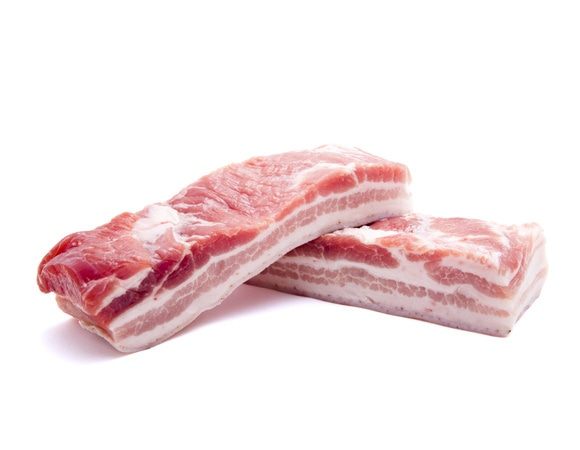
CP Frozen Pork Belly 1kg Package
163,000đ/PACK
192,500đ/PACK
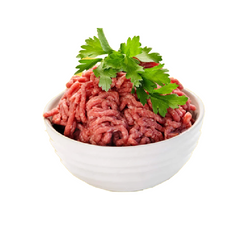
CP Frozen Minced Pork 1kg
119,000đ/PACK
139,500đ/PACK
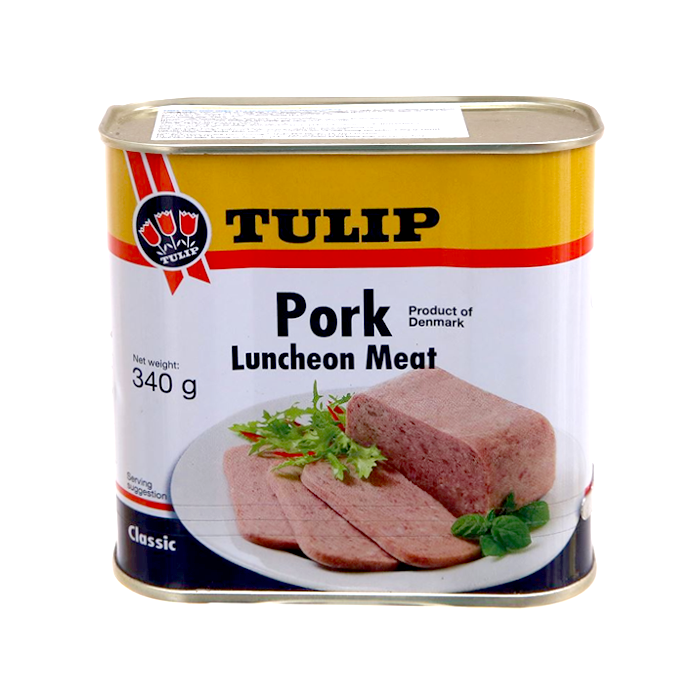
Tulip Pork Luncheon Meat 340g
83,000đ/CAN
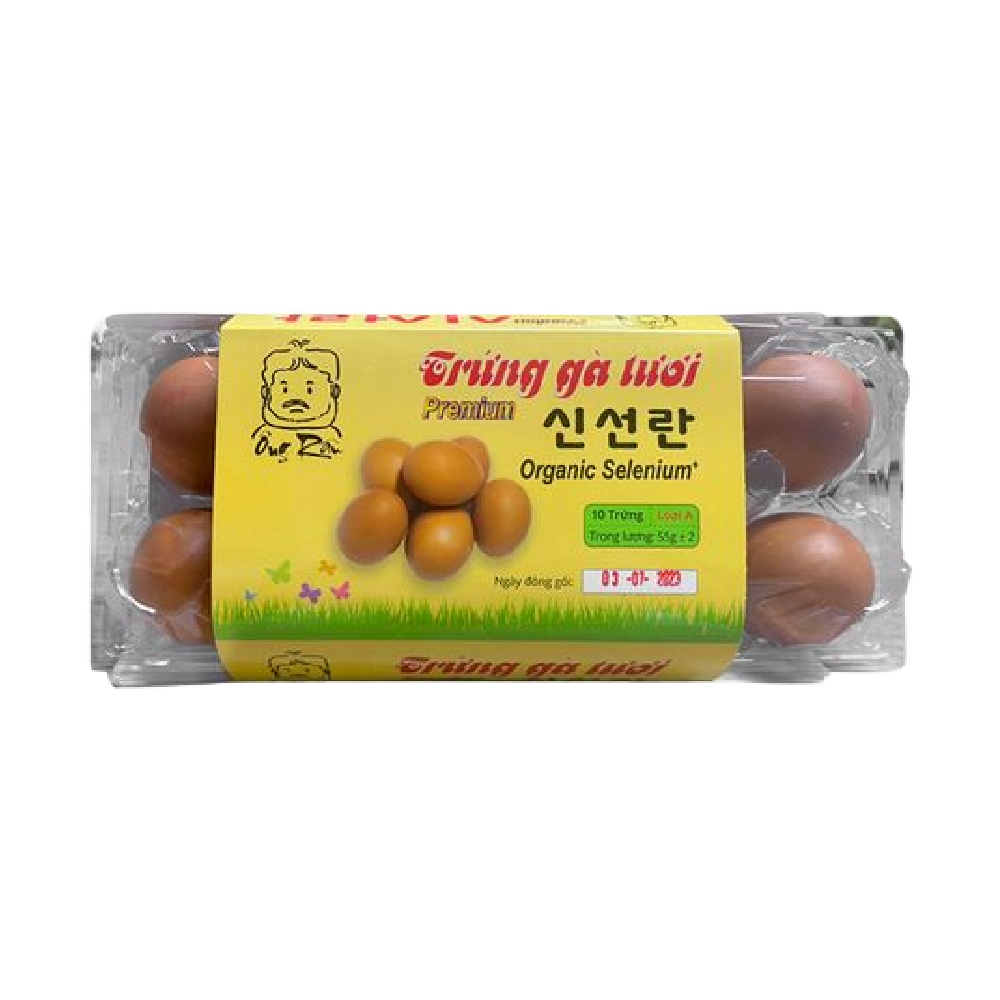
GFoods Chicken Egg 55g 10 Eggs/ Box
26,500đ/BOX
30,000đ/BOX

CP Chicken Egg 61g 10 Eggs/ Box
34,500đ/BOX
44,500đ/BOX
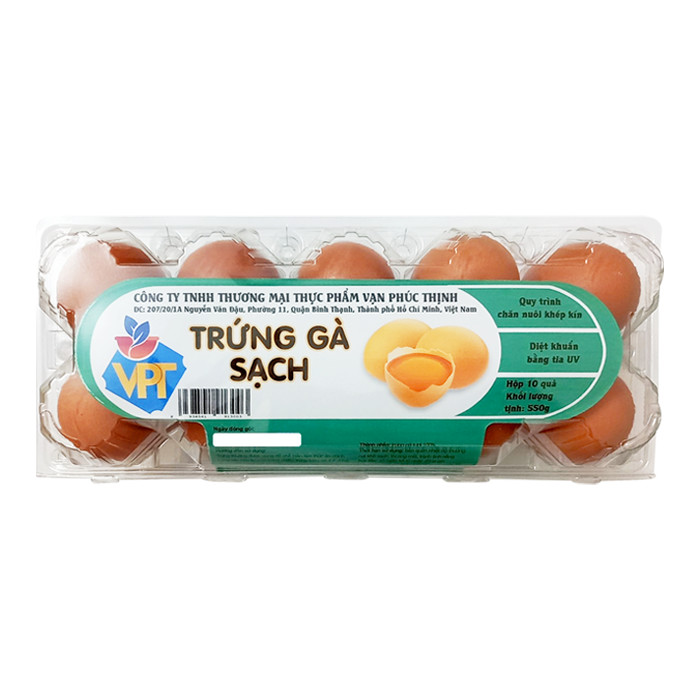
VPT Chicken Egg 55g 10 Eggs/ Box
27,000đ/TRAY
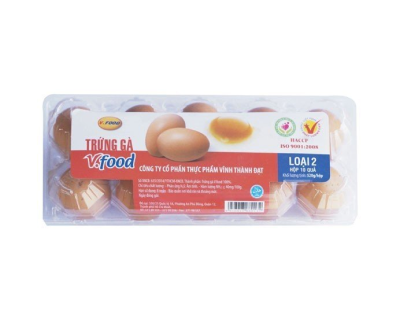
V.Food Duck Egg 65g 10 Eggs/ Box
31,000đ/TRAY
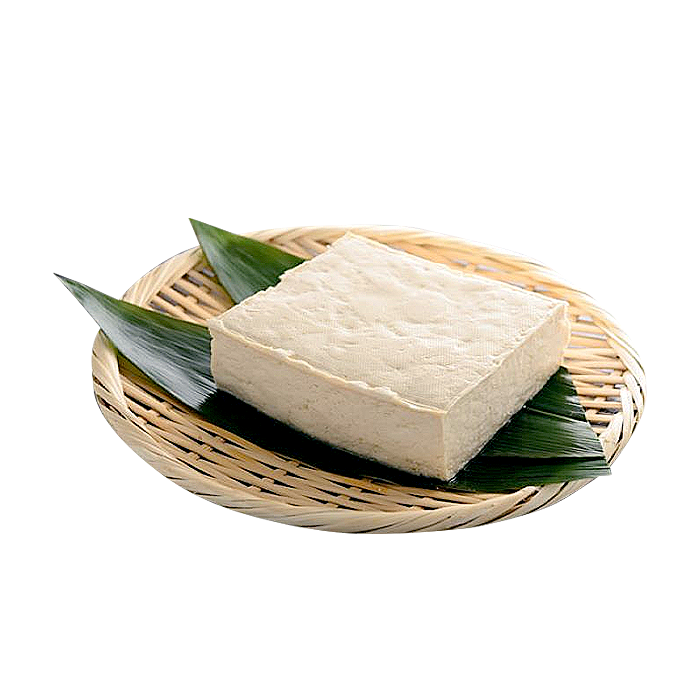
Tofu
5,000đ/PIECES
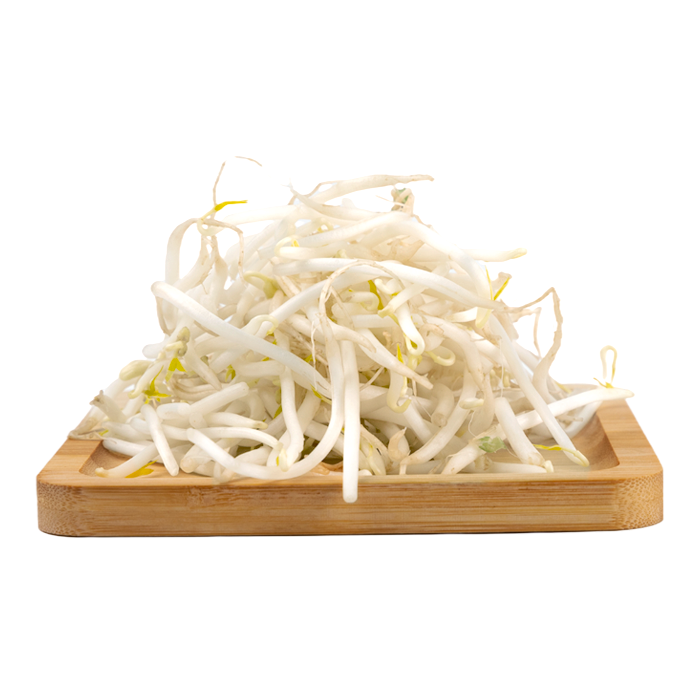
Bean Sprout
11,000đ/KILOGRAM
12,500đ/KILOGRAM
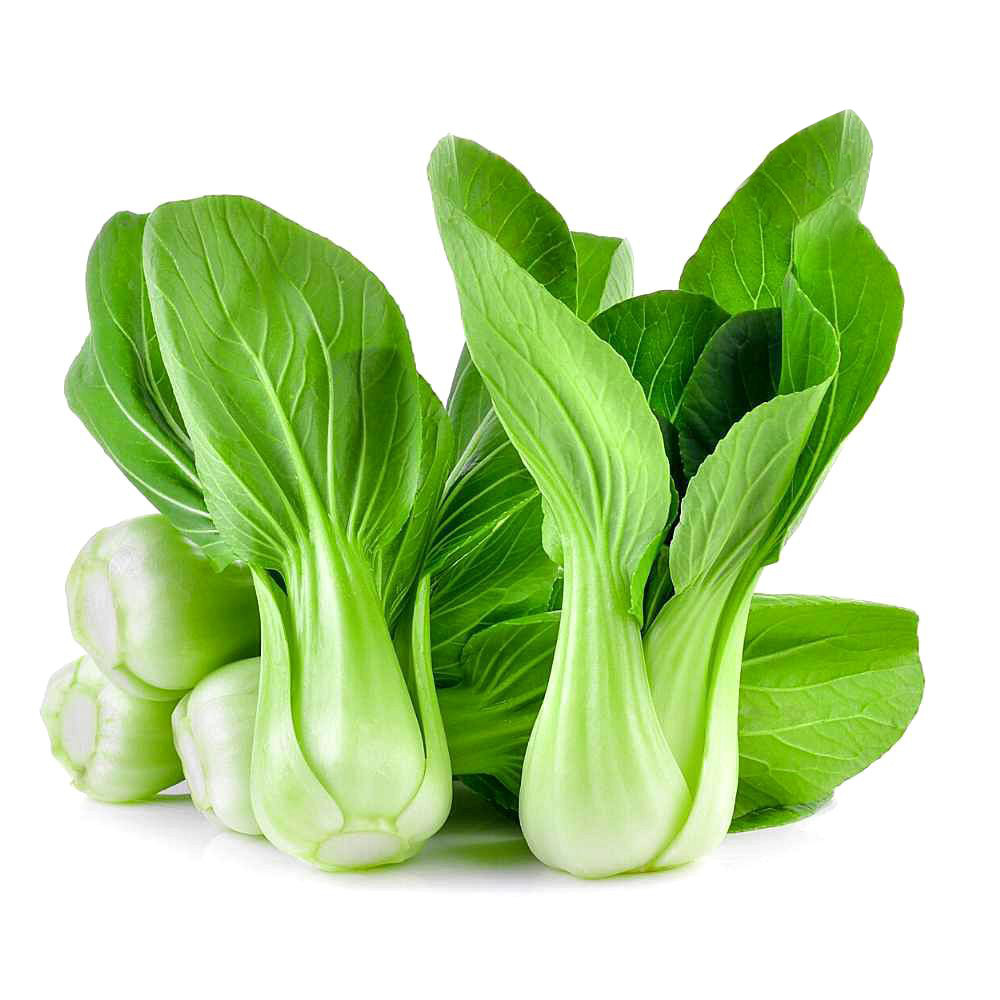
Bok Choy Da Lat
25,000đ/KILOGRAM
27,500đ/KILOGRAM
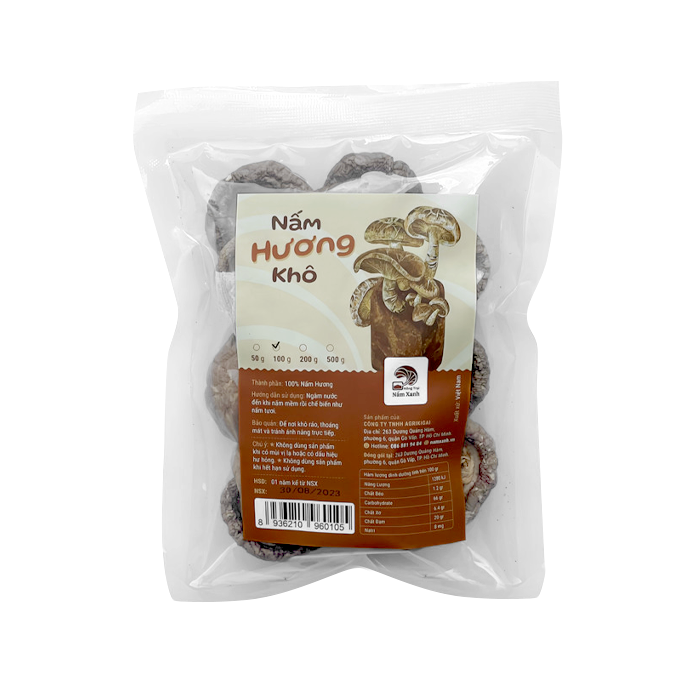
Dried Shiitake Mushroom 100g
39,000đ/PACK
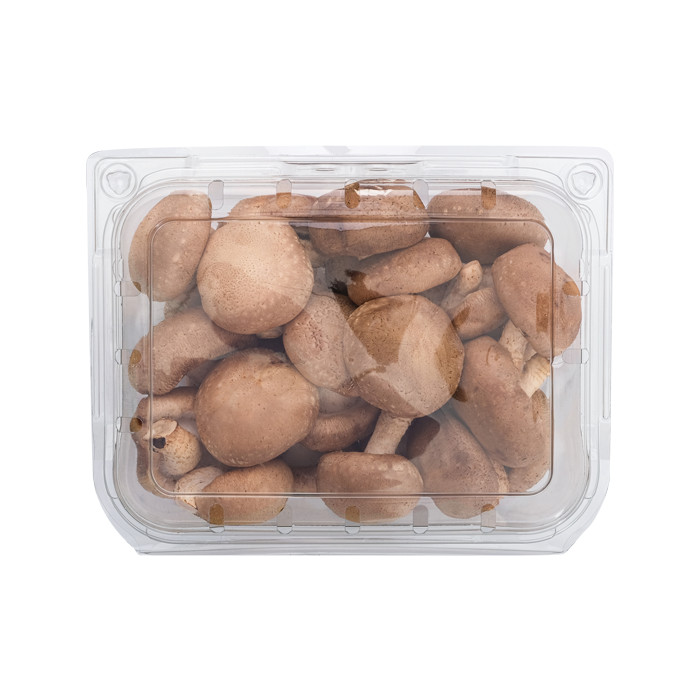
Fresh Shiitake Mushroom Da Lat 200g
33,000đ/BOX

Kobe Bussan Frozen Crab Balls 500g
175,000đ/PACK

Tempura Fish Cakes 300g
82,000đ/PACK

Viet Sin Frozen Thailand Fish Cake 400g
55,000đ/PACK
Purchase Authentic Japanese Ramen Ingredients at Kamereo
Kamereo is a wholesale food supply platform and a strategic partner of Gyomu Japan – a leading Japanese domestic supermarket chain, bringing authentic, high-quality Japanese ingredients to Vietnamese F&B businesses. With a rigorous quality control process and modern storage facilities, Kamereo confidently delivers products that meet the highest quality standards to customers.
Kamereo helps businesses optimize their procurement process with a comprehensive supply solution, ensuring quality and fast delivery. With a product catalog of over 3000+ items, you only need to work with one supplier for a diverse range of products, saving costs and time. This ensures smooth business operations, allowing the kitchen to always be ready to serve diners.
You can easily update product prices online via the application and website. Additionally, our staff proactively sends monthly price quotations to customers. This allows you to quickly get an overview of product price changes, making it easy to track and manage your budget proactively.
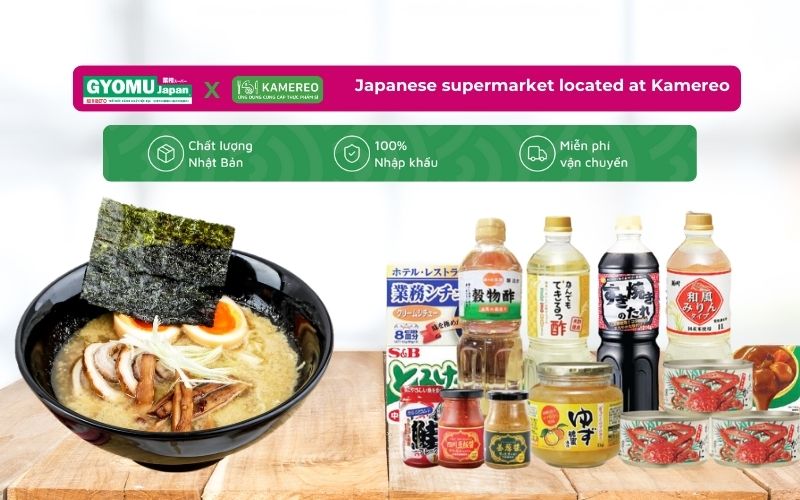
With Kamereo, businesses can conveniently place orders until 12 PM and receive them before 6 AM the next day. In particular, we support a co-inspection policy upon delivery, ensuring that product quality always provides the best experience to customers!
Conclusion
We hope this article has helped you better understand what ramen is and the diversity of Japanese ramen noodles. Don’t forget to follow the Food and Lifestyle section to update exciting culinary information and articles. If you’re looking for quality ingredients to prepare this delicious noodle dish yourself, visit Kamereo today to select the best products!
See more:



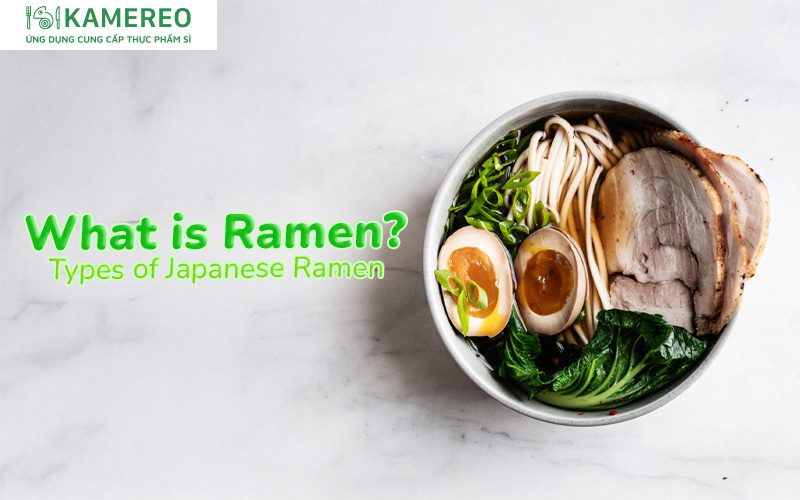
-880c2f1e-c76d-42c9-b463-dde9dac8f1c8.jpg)